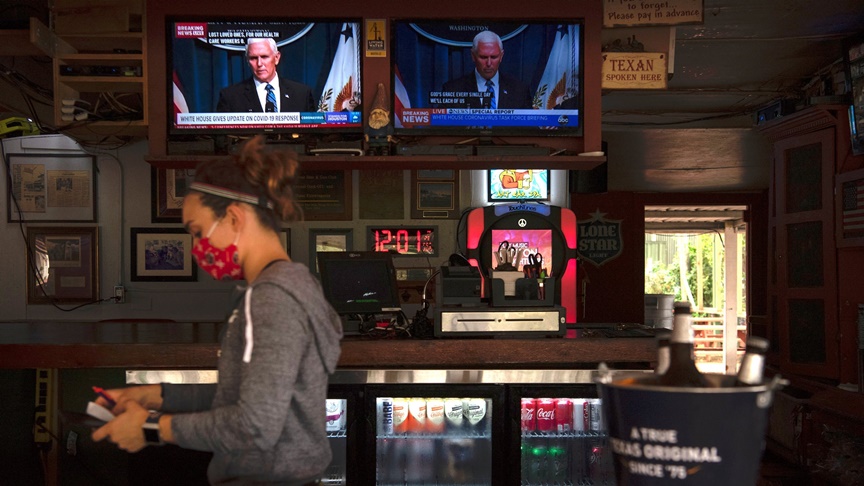Officials nationwide were rethinking their efforts to slow the virus, which the nation’s top infectious disease expert said were “not working.”
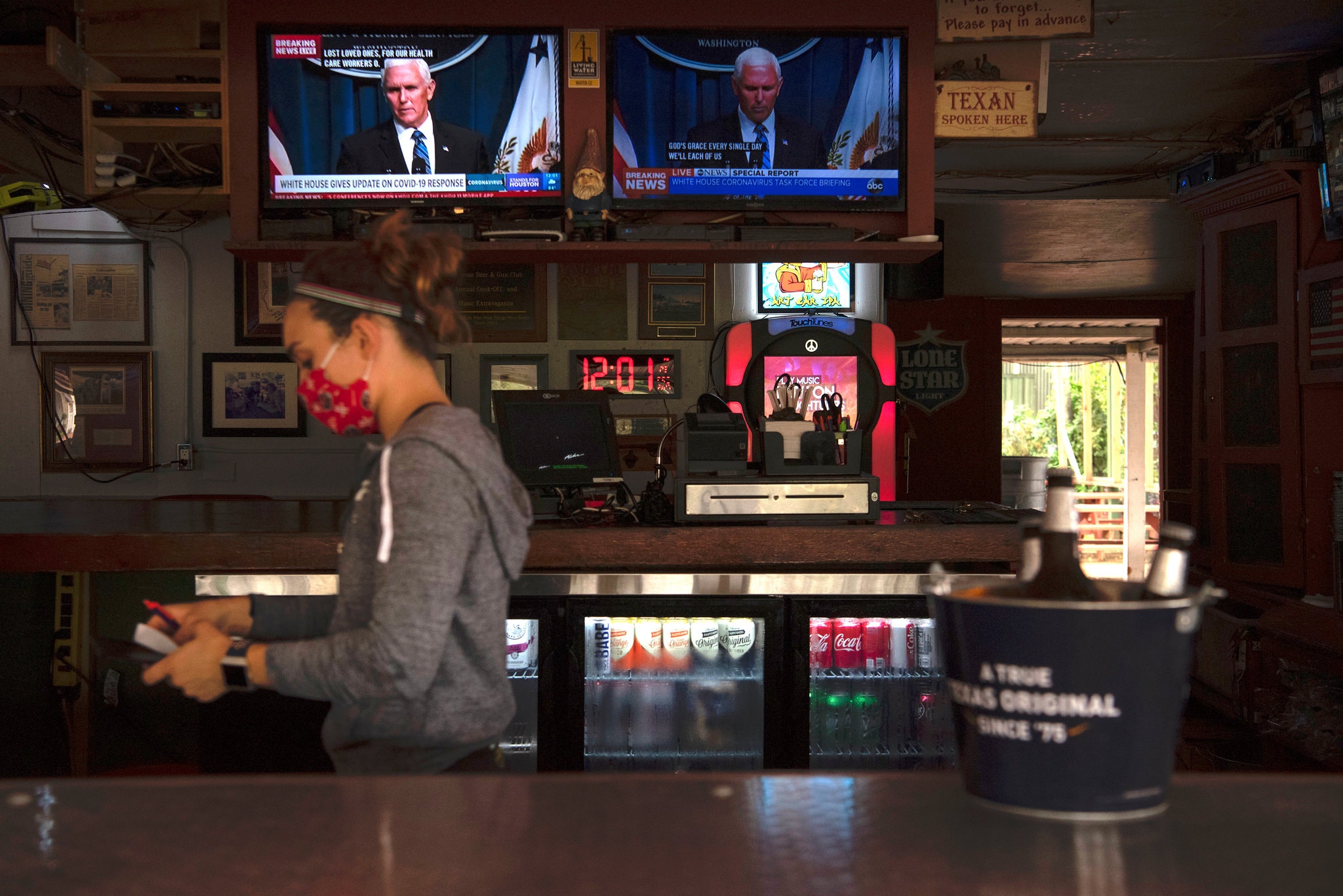
MIAMI — As coronavirus cases surge across much of the United States, leaders are urgently rethinking their strategies to curb the spread, which the nation’s top infectious disease expert said on Friday were “not working.”
For the first time, some governors are backtracking on reopening their states, issuing new restrictions for parts of the economy that had resumed.
Leaders in Texas and Florida abruptly set new restrictions on bars, a reversal that appeared unthinkable just days ago. And Gov. Gavin Newsom of California told rural Imperial County, where hospitals have been overwhelmed with patients, that it must reinstate a stay-at-home order, the most restrictive of requirements.
More than 45,000 new cases were reported on Friday in the United States, according to a New York Times database. It was the third day in a row that the country set a daily record during the pandemic. At least six states — Florida, Idaho, Kansas, Oregon, South Carolina and Utah — hit daily highs on Friday, but even leaders outside of the new hot zones in the South and West expressed mounting anxiety.
“This is a very dangerous time,” Gov. Mike DeWine of Ohio said in an interview on Friday, as cases were trending steadily upward in his state after appearing to be under control for more than a month. “I think what is happening in Texas and Florida and several other states should be a warning to everyone.”
“We have to be very careful,” he said.
The stock market responded badly, with the S&P 500 dropping 2.4 percent. Losses accelerated after the Texas announcement, adding to investors’ concerns that the virus continued to be a threat to the economy.
The shifting assessments of the nation’s handling of the virus stretched to the highest levels of the federal government, where Dr. Anthony S. Fauci, the director of the National Institute of Allergy and Infectious Diseases, made clear that the standard approach to controlling infectious diseases — testing sick people, isolating them and tracing their contacts — was not working. The failure, he said, was in part because some infected Americans are asymptomatic and unknowingly spreading the virus but also because some people exposed to the virus are reluctant to self-quarantine or have no place to do so.
In a brief interview on Friday, he said officials were having “intense discussions” about a possible shift to “pool testing,” in which samples from many people are tested at once in an effort to quickly find and isolate the infected.
Dr. Fauci also issued an urgent warning that while coronavirus infections were spiking mostly in the South, those outbreaks could spread to other regions.
Even in the face of the alarming news, the White House continued to praise its own efforts.
“We have made truly remarkable progress in moving our nation forward,” Vice President Mike Pence said at what has become a rare public briefing by the coronavirus task force in Washington. “We’ve all seen the encouraging news as we open up.”
Mr. Pence did not wear a mask, although the health officials around him did.
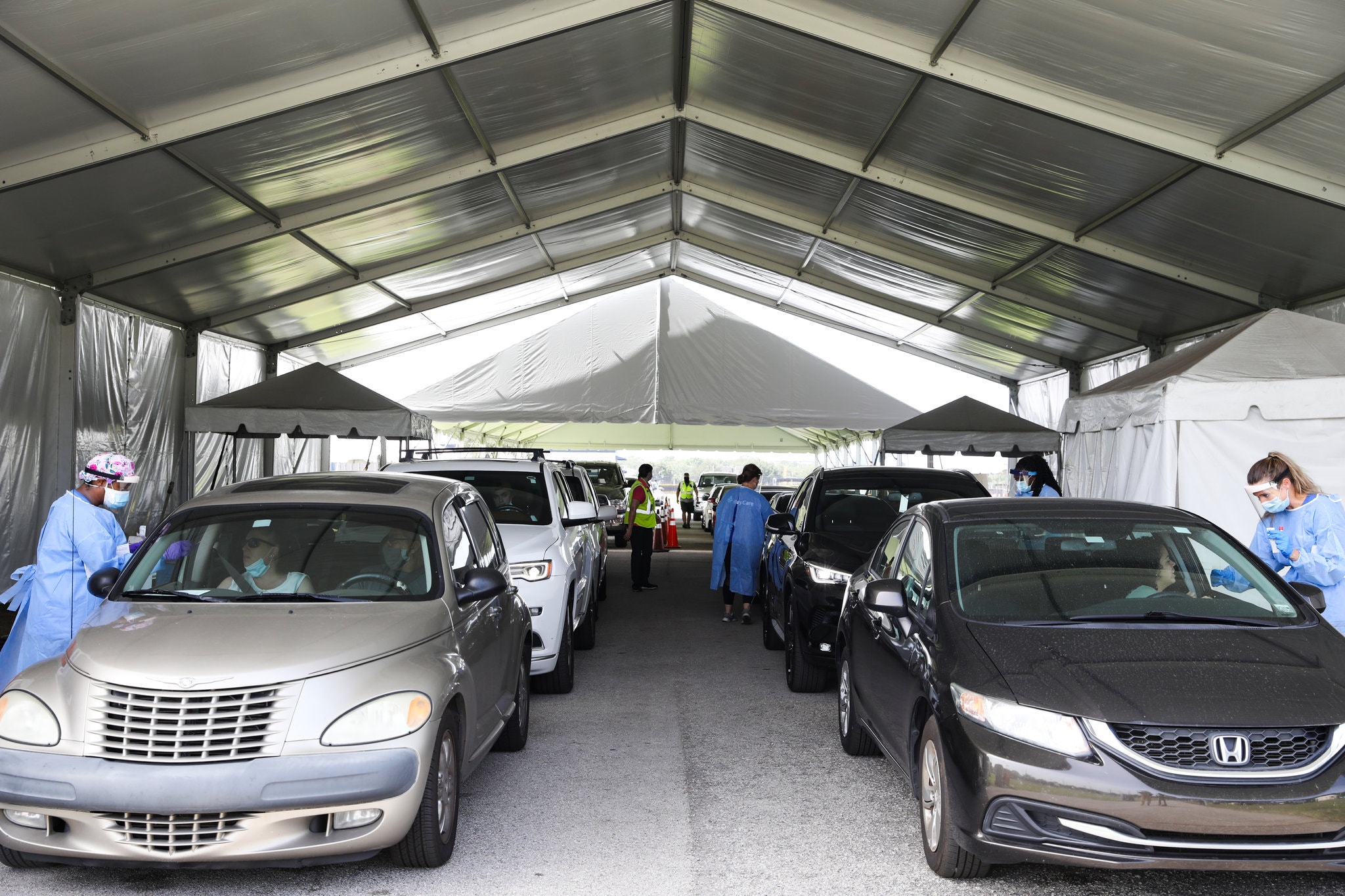
The renewed sense of urgency comes as the United States confronts a new, treacherous phase of the pandemic, no longer defined by a crisis concentrated in New York City, but by rising cases in many cities and states. Alabama, Alaska, California, Georgia, Missouri, Nevada, Oklahoma and Texas also reported their highest single-day totals of new known cases this week, and the United States set records for daily new cases on both Wednesday and Thursday. By Friday, new daily cases were rising in 29 states.
From Miami to Los Angeles, mayors were contemplating slowing or reversing their plans to return cities to public life. On Friday, San Francisco announced it was delaying plans to reopen zoos, museums, hair salons, tattoo parlors and other businesses on Monday, citing a spike in new cases. “Our numbers are still low but rising rapidly,” Mayor London Breed wrote on Twitter, adding, “I know people are anxious to reopen — I am too. But we can’t jeopardize the progress we’ve made.”
Mayor Carlos Gimenez of Miami-Dade County said late Friday that he would sign an emergency order closing beaches from July 3 to July 7, citing the surge of cases and fears about mass gatherings during the holiday weekend. Parks and beaches will be closed to fireworks displays, and gatherings of more than 50 people, including parades, will be banned.
“The closure may be extended if conditions do not improve,” he said in a statement, adding, “I have decided that the only prudent thing to do to tamp down this recent uptick is to crack down on recreational activities that put our overall community at higher risk.”
The decisions in Texas and Florida to revert to stronger restrictions represented the strongest acknowledgment yet that reopening had not gone as planned in two of the nation’s most populous states, where only days ago their Republican governors were adamantly resisting calls to close back down.
On Thursday, Gov. Greg Abbott of Texas placed the state’s reopening on pause, while remaining firm that going “backward” and closing down businesses was “the last thing we want to do.”
But by Friday, he did just that, ordering bars closed and telling restaurants to limit themselves to 50 percent capacity rather than 75 percent.
“If I could go back and redo anything, it probably would have been to slow down the opening of bars,” Mr. Abbott said in an interview with KVIA-TV in El Paso on Friday evening.
“People go to bars to get close and to drink and to socialize,” he said. “And that’s the kind of thing that stokes the spread of the coronavirus. So sure, in hindsight, it may have been better to slow the opening of the bar setting.”
Eight weeks ago, Mr. Abbott started a phased-in reopening of Texas, when the state had reported about 29,000 cases and more than 800 deaths. Bars had been allowed to open since late May.
New cases and hospitalizations have increased significantly in recent days in Houston, San Antonio and other large cities. By Friday, Texas had more than 130,000 known coronavirus cases and more than 2,300 deaths, and the leader of the third-largest county in America — Harris County, which is home to Houston — had deemed the region to be on a code-red coronavirus threat level.
“We find ourselves careening toward a catastrophic and unsustainable situation,” the top elected official in Harris County, Lina Hidalgo, said at a news conference. She said the current hospitalization rate was on pace to overwhelm the hospital system “in the near future.”
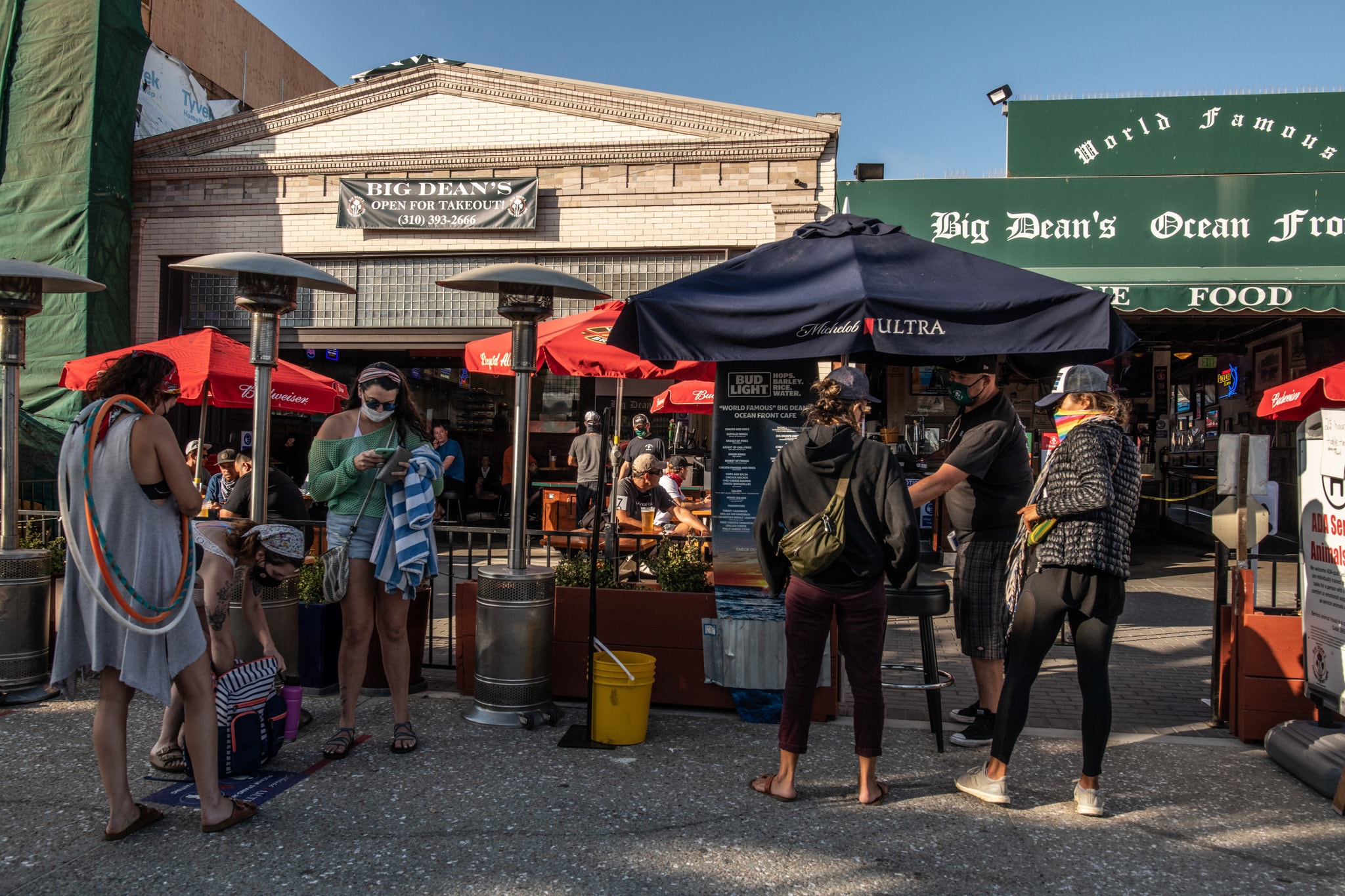
In Florida, the speed of the virus’s growth was dizzying: State officials reported 8,942 new coronavirus cases on Friday, by far outpacing its earlier single-day record of 5,508 cases, which had been set on Wednesday.
Officials announced limits on bars, immediately banning alcohol consumption on the premises. Bars can still sell food if they are licensed to do so, but their facilities must remain at 50 percent capacity.
The return to stricter limits left local officials worried whether residents would follow the rules, especially now, months into the crisis.
“People are tired of being in a stay-at-home environment, and they’re not going to be compliant,” said Carlos Migoya, president and chief executive of the public Jackson Health System in Miami. “You can’t put the genie back in the bottle. We’ve got to deal with it being in the environment.”
Pete Boland, who co-owns the Galley, a restaurant and bar in St. Petersburg, Fla., was sorting through the details of Florida’s latest order on Friday to determine what the rules will be for establishments that also serve food.
He had just reopened on Wednesday, following a professional deep cleaning after some employees fell ill with the virus.
“I don’t know if we can continue to do this: open, closing, open, closing,” he said. “You have people who desire to socialize and to earn and to live and to have some fun in this crazy world.”
In Arizona, Gov. Doug Ducey has held out on setting new limits in his state, even as cases there surged past 66,000, with an average of 2,750 new cases per day. He warned this week that hospitals were likely to hit surge capacity soon but he has remained opposed to backtracking on reopening.
“This is not another executive order to enforce, and it’s not about closing businesses,” he said this week. “This is about public education and personal responsibility.”
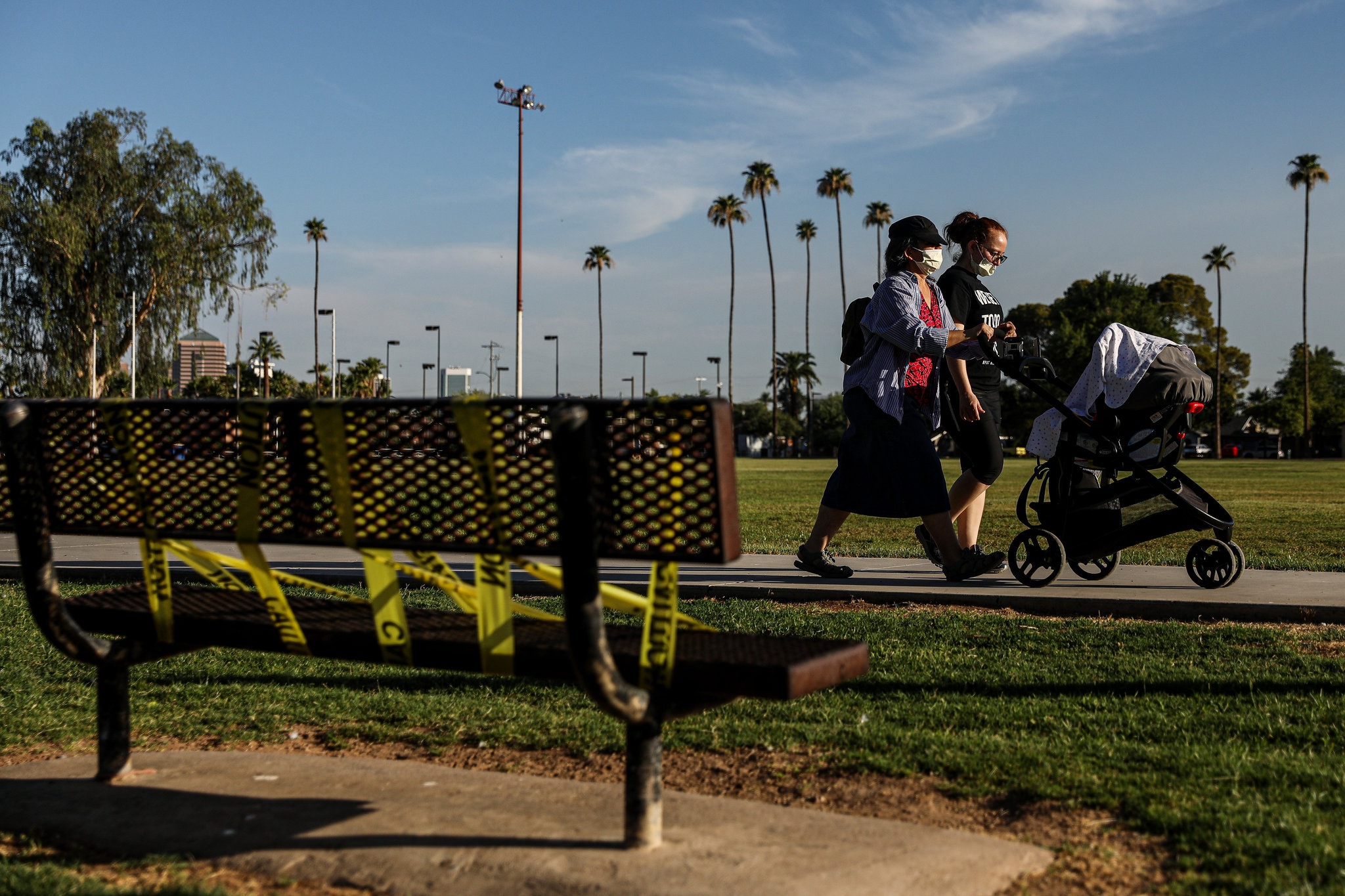
Still, shutting down businesses again in Arizona is not out of the question, Daniel Ruiz, the state’s chief operating officer, said in an interview on Friday.
“We want to treat that like a last resort,” Mr. Ruiz said. “It’s a tool in the toolbox, but it’s something that we’re going to use very judiciously.”
California, which had the first stay-at-home order in the nation this spring, has surpassed 200,000 cases, and on Friday, Mr. Newsom announced new restrictions on Imperial County, which has the state’s highest rate of infection. The county has exceeded its hospital capacity so severely that some 500 patients have had to be moved to beds elsewhere, and hospitals as far away as the Bay Area have been seeing Imperial County patients.
“This disease does not take a summer vacation,” said Mr. Newsom, noting that at least 15 of California’s 58 counties were being monitored closely as the virus surges.
In Los Angeles County, health officials estimate that every 400th person may currently be infected. Mayor Eric Garcetti of Los Angeles said he planned to wait three to five days before deciding whether to pull back on the city’s reopening.
“We’re not in the red zone but we’re in the yellow zone,” the mayor said in an interview on Friday.
From case counts to hospitalizations, he said, the city’s metrics are moving in the wrong direction, in part because of a patchwork of responses in neighboring areas.
Mr. Garcetti said he would like health officials in the state, the county and the surrounding region to come to a consensus strategy.
“If you don’t move together, there’s no point in being the lone holdout,” he said. “If you don’t have an entire region working together, who cares if you keep your gyms closed?”
NYTimes / Balkantimes.press
Napomena o autorskim pravima: Dozvoljeno preuzimanje sadržaja isključivo uz navođenje linka prema stranici našeg portala sa koje je sadržaj preuzet. Stavovi izraženi u ovom tekstu autorovi su i ne odražavaju nužno uredničku politiku The Balkantimes Press.
Copyright Notice: It is allowed to download the content only by providing a link to the page of our portal from which the content was downloaded. The views expressed in this text are those of the authors and do not necessarily reflect the editorial policies of The Balkantimes Press.

